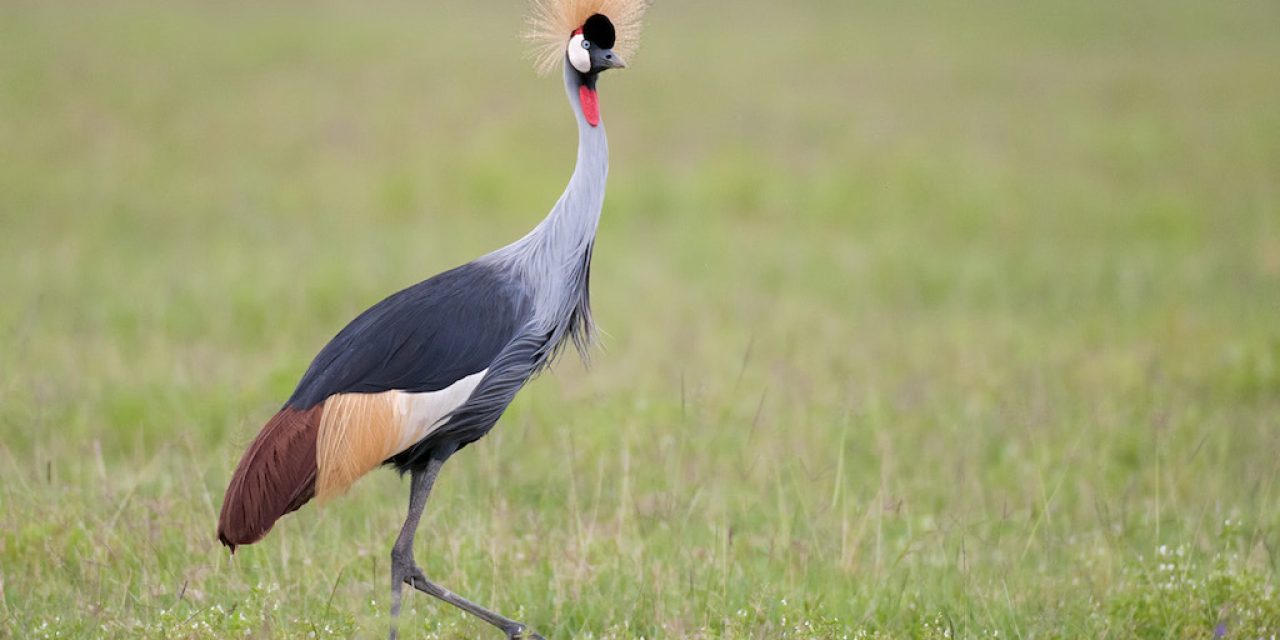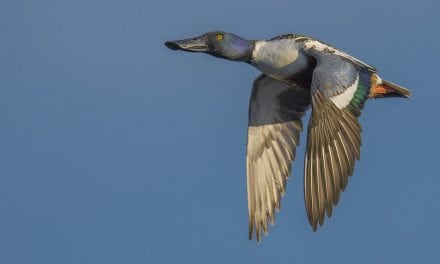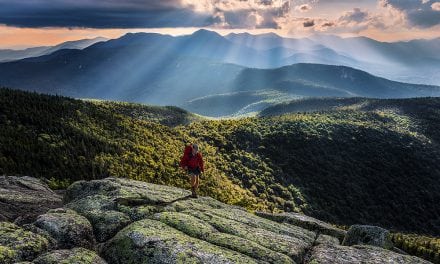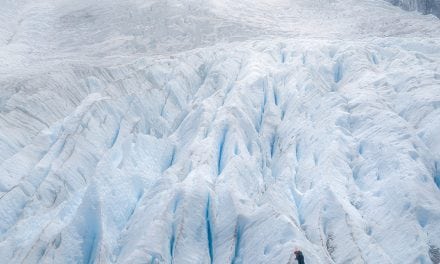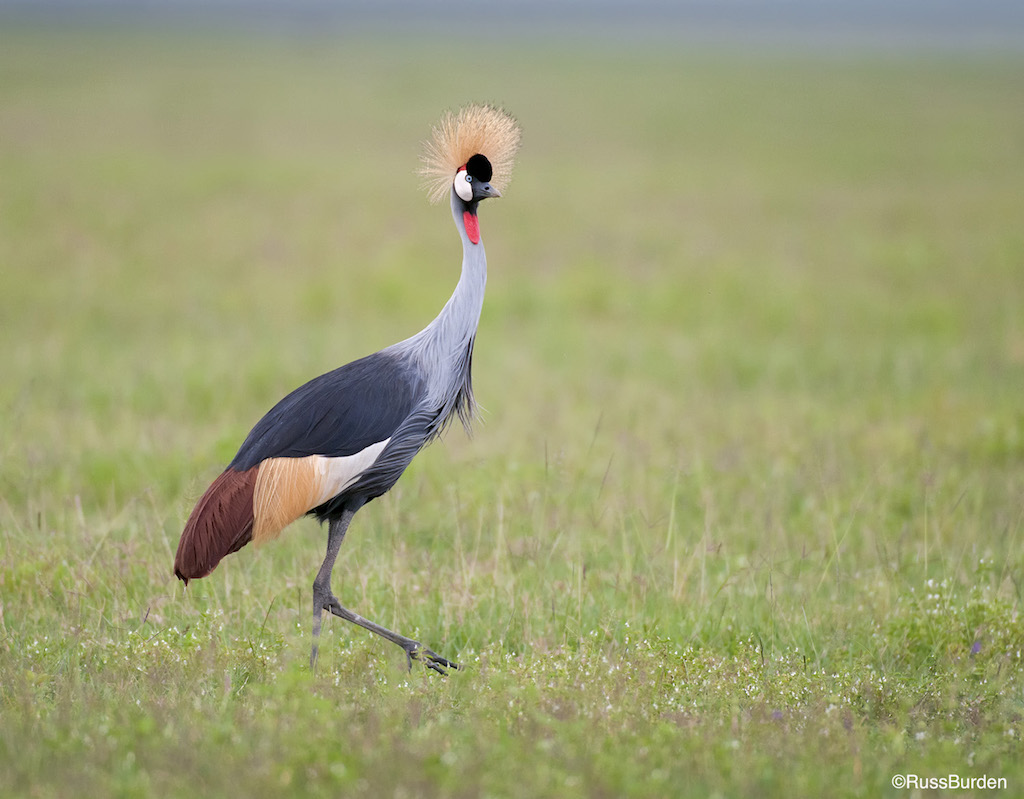
I want everyone who reads this week’s tip to literally take your photography to a lower level! Am I going nuts? No—I want you to keep your tripod legs compressed and drop to your knees. Better yet, lay flat on your stomach. Yes, it’s time to “get down” and experiment with low-angle photography. Bring yourself and your camera low to the ground so you’re on the same level of smaller subjects. You’ll be amazed at how intimate the connection becomes. Psychologically, you provide it equal status.
Think about what the expression, “to look down on something” means. It infers you’re superior, which in turns reduces its stature. When you photograph a low-to-the-ground subject from a standing position, it implies superiority, whereas when you get down to its level, it suggests equality.
By “getting down,” you add a new dimension to your photography. A unique perspective and view is achieved when you photograph low subjects at their eye level. Photographers often modify compositions by moving their camera a few feet to the right or left, but few change position in regard to elevation. A camera position not common to most images nets intriguing and unique results.
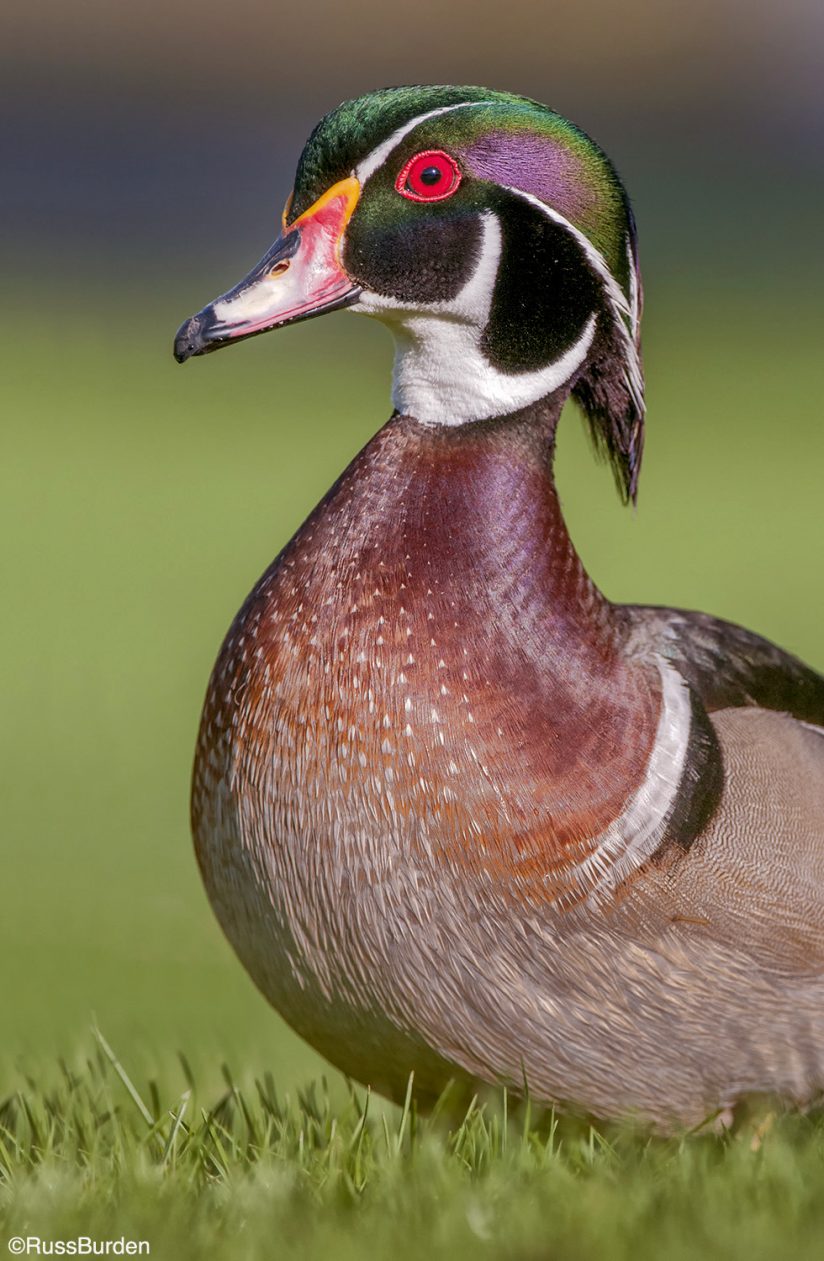
Once you assume this new-found position from which you’ll photograph, there are considerations to be addressed. Depth of field, as well as how you handle the background, is very important. The choice of lens contributes to the success of the picture based on its angle of view.
If you don’t own a tripod that has legs that can be sprawled to ground level, it may be an issue, but look into the option of purchasing a “short center post” (more on that later). Staying dry, clean and comfortable are other considerations.
Depth of field is an important factor when you “get down” as it dictates how much of the background will be in focus. Apertures of ƒ/5.6 and lower result in shallow depth of field. As you continue to close down the lens to ƒ/22, much more of the background comes into focus. A shallow zone of focus allows the subject to stand out against an out-of-focus wash of color.
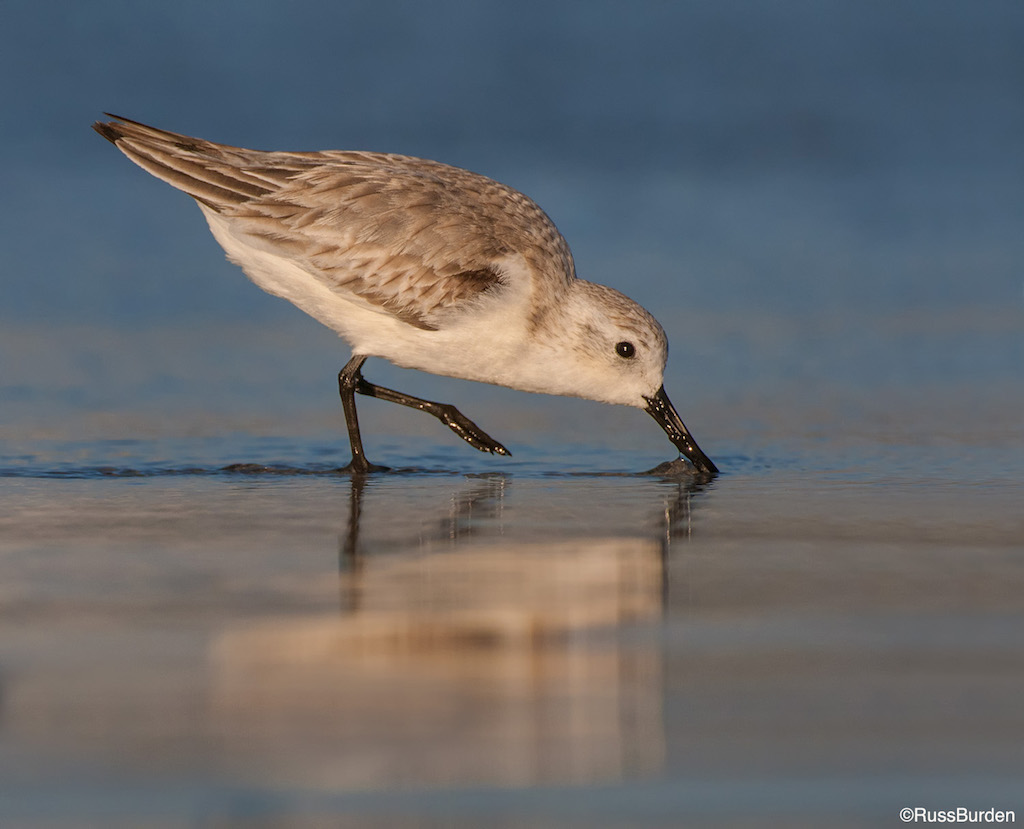
Pictures made at ƒ/11, ƒ/16 and smaller progressively sharpen the background and it competes for attention with the subject. Unless there’s a reason to bring the background into focus, it’s better to make the image with a wider aperture. Additionally, the distance of the background from the subject has a lot to do with how much it will stand out. If the subject and background are in close proximity, it’s impossible to create an out-of-focus wash of color to offset the subject.
Lens choice is important as it changes the perspective of the shot. A 28mm lens will net a completely different look than a photo made with a 100mm lens. Much more of the background will appear in the shot made with the 28mm lens because of its wider angle of view. I prefer a narrow angle of view when I make ground level shots, so I often use my 80-400mm. The chosen focal length depends on how close I can get to the subject. An added benefit is the longer the lens, the more it helps provide a background that’s out of focus.
Tripods that allow you to shoot with the legs fully sprawled out are an asset. Some models allow you to mount a head on the bottom of one of the legs, some have attachments that allow you to mount the camera to the bottom of the center post and others feature legs that fully splay out across the ground. I prefer the latter and use a very short center column so my rig can literally be just a few inches off the ground. Find one that best suits your comfort.
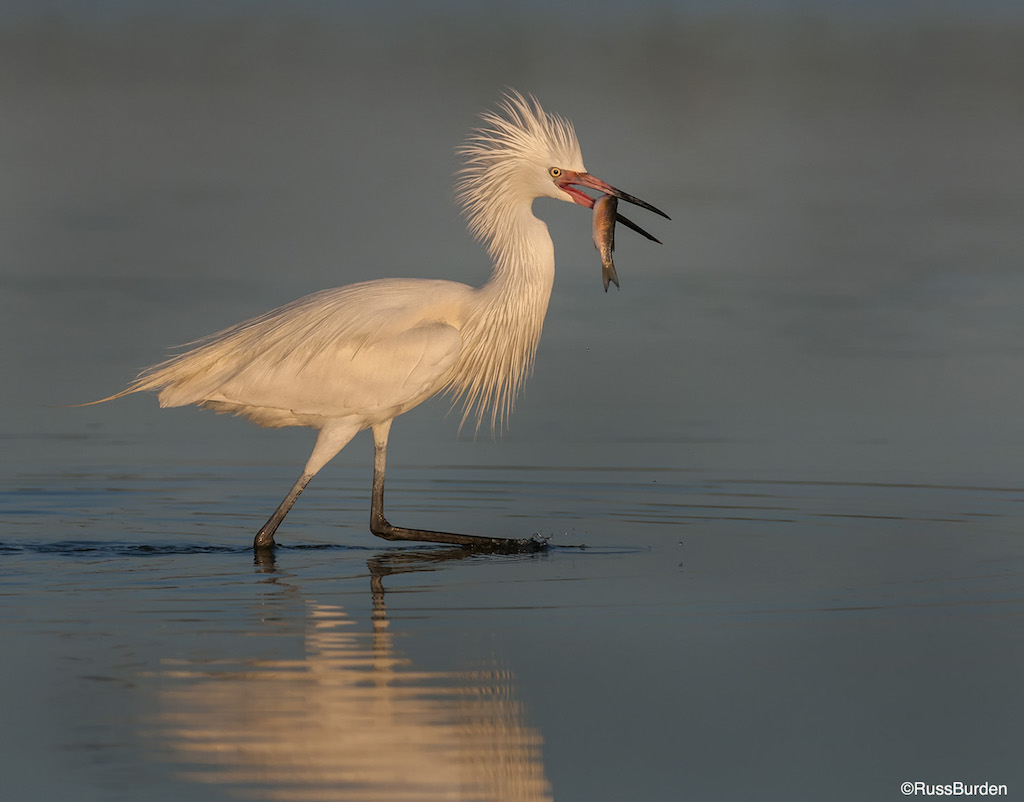
Unless you need to stop down the lens, odds are high you’ll be able to handhold the camera in most circumstances since you’ll be using wide apertures. Always make sure you use a fast-enough shutter speed to arrest the motion of your subject.
It’s essential you stay comfortable as this is critical to good image making. Depending on the environment, when you get low to the ground, it may mean you get wet, muddy or distressed. Knee pads work well to soften the texture of hard rock. Large two-ply garbage bags provide a nice barrier between you and soggy ground. A small collapsible chair is great when you work a subject for a long period of time. So “get down” so you can ELEVATE your photography to new heights!
Visit www.russburdenphotography.com for information about his nature photography tours and safari to Tanzania.
The post Get Down With Low-Angle Photography appeared first on Outdoor Photographer.

